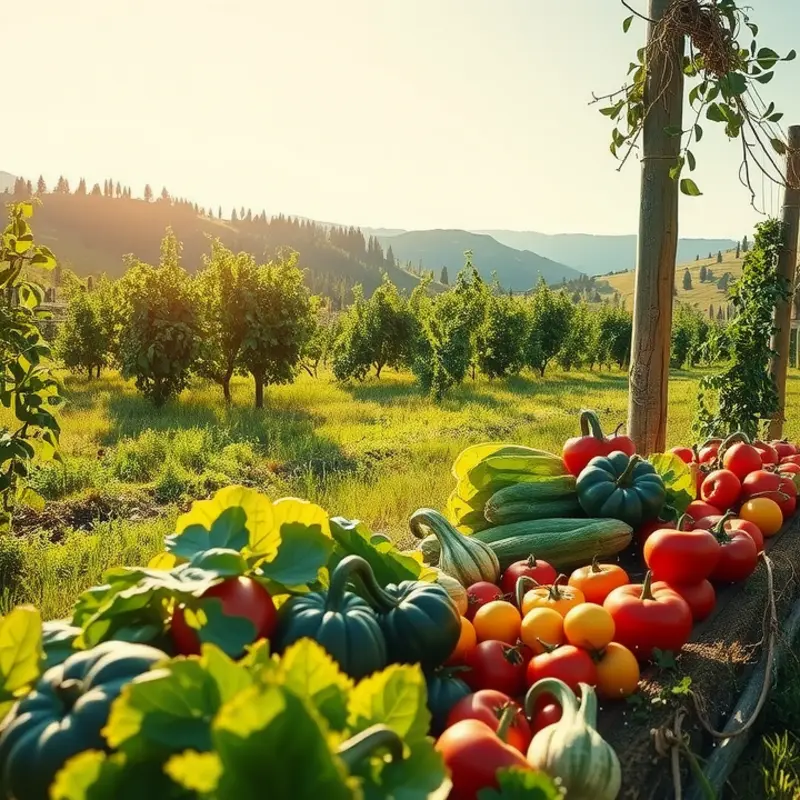Creating smooth and flavorful sauces can elevate your home cooking to new heights. Whether you’re drizzling a tangy vinaigrette over a fresh salad or enriching a hearty pasta dish with a creamy Alfredo sauce, the right blending technique can transform simple ingredients into gourmet meals. This guide offers practical tips and techniques for blending sauces smoothly, ensuring that your dishes not only taste great but look professionally crafted, regardless of your cooking experience.
Selecting the Right Tools for Blending

To craft a perfect sauce, the right blending tools are indispensable. Selecting the right tool not only influences the texture but also impacts your comfort and efficiency in the kitchen. Here’s a rundown of essential tools to help you master the art of blending sauces.
Immersion Blenders: Compact and highly versatile, immersion blenders are perfect for blending sauces directly in the pot. They are excellent for achieving smooth, consistent textures without transferring hot liquids to a countertop blender. Immersion blenders are particularly useful when working with larger batches or when aiming to integrate flavors evenly.
Countertop Blenders: Known for their power and capacity, countertop blenders excel at achieving ultra-smooth textures. They are ideal for creamy sauces and also work well for larger volumes. Most models allow for varied speed settings, providing more control over the blending process. Opt for a high-powered motor if you frequently blend thick or fibrous ingredients.
Food Processors: While not traditionally used for liquids, food processors shine when emulsifying thick sauces or pastes. They are particularly favored for their ability to handle chunky ingredients, ensuring even distribution without over-processing. Use the pulse setting to maintain some texture or finesse the sauce to your desired consistency.
Whisks: The humble whisk may seem low-tech, but it’s indispensable for simple emulsification tasks. Hand-whisking is perfect when you aim for control over the texture and consistency, especially in lighter sauces or vinaigrettes. It’s also perfect for incorporating delicate additions like fresh herbs.
Sieves and Strainers: For chefs seeking the ultimate in smoothness, sieves and strainers help finish blended sauces by removing lumps or fibrous material. A fine-mesh strainer is particularly useful for silky, smooth finishes. Always consider straining after blending to catch any residual solids and refine your sauce.
Manual and Electric Grinders: When your sauces require ground spices or herbs, grinders ensure a fresh burst of flavor. Manual versions offer tactile control, while electric ones save time with efficiency. These tools enhance the aromatic aspects of your sauces, boosting overall taste profiles.
Selecting the right tool largely depends on the sauce you are creating, the ingredient textures, and your personal preferences. Each tool has unique benefits, and understanding their roles helps you achieve desired results with less effort. Consider pairing tools for the best outcomes—such as using an immersion blender followed by a strainer for the smoothest textures.
For eco-conscious blending, ensure that your tools support sustainable practices. Check out eco-smart kitchen storage to integrate sustainability into your kitchen environment.
Choosing the right tools equips you to face any sauce challenge with confidence and precision. Experiment with these options to discover what works best for your culinary repertoire.
Techniques for Creating Velvety Smooth Sauces

With the right tools in hand, achieving a silky sauce becomes a dance of technique and finesse. Start by understanding the pivotal methods to refine your sauces: emulsifying, pureeing, and straining. Each method offers a unique path to perfection, allowing you to control texture, flavor, and consistency with ease.
Emulsifying: Creating an emulsion involves combining two liquids that normally don’t mix, like oil and vinegar. The key lies in slowly adding one liquid to the other while whisking vigorously. This steady blending fosters a stable mixture. For sauces like Hollandaise or mayonnaise, patience is your ally. Keep ingredients at a similar temperature, and always add fat incrementally—drop by drop, if necessary—until your sauce reaches the desired consistency.
Pureeing: Pureeing transforms chunky ingredients into smooth immersions. It’s an essential technique for sauces such as pesto or tomato sauce. Employ a blender or food processor to break down solids with liquids. Achieve a cream-like texture by carefully controlling speed and blending time. A good practice is to blend until all particles are uniformly smooth before adjusting seasonings or adding fats for richness.
Straining: Even with diligent pureeing, tiny particles can disrupt a sauce’s smoothness. Straining comes to the rescue, ensuring a flawless finish. Pass the sauce through a fine mesh sieve or cheesecloth, pressing gently with a spatula to extract every drop of flavor. Straining not only removes unwanted bits but also helps in refining the sauce’s texture.
Balancing flavors is as crucial as perfecting texture. A well-timed addition of acid, like lemon juice or vinegar, cuts through fat, enhancing brightness and harmony. Consider integrating flavor boosters, which are detailed in this guide on salt alternatives. These can be invaluable in elevating your sauce without overpowering nuances.
As you blend, adjustments in consistency may be required. If a sauce feels too thick, adding a splash of stock or reserved cooking water can loosen it up. Conversely, for a sauce that’s too runny, reducing over low heat will help thicken naturally. It is imperative to maintain gentle heat to avoid breaking emulsions or scorching delicate sauces.
Lastly, never underestimate the power of garnishes. A drizzle of infused oil or a sprinkle of fresh herbs can transform the final presentation, adding layers of aroma and texture. Embrace these methods, and let them guide you towards crafting sauces that redefine smoothness and flavor.
Final words
Blending sauces smoothly is a skill that enhances any home cook’s repertoire. By selecting the right tools, such as immersion blenders, food processors, or traditional whisks, and applying the correct techniques to emulsify, puree, and balance flavors, even novice cooks can create restaurant-quality sauces. Remember, the key is practice and experimentation; don’t be afraid to try new ingredients or adjust consistency to suit your tastes. With these guidelines at your fingertips, you’ll not only improve your sauces but also enjoy the creative process of cooking. Happy blending!







